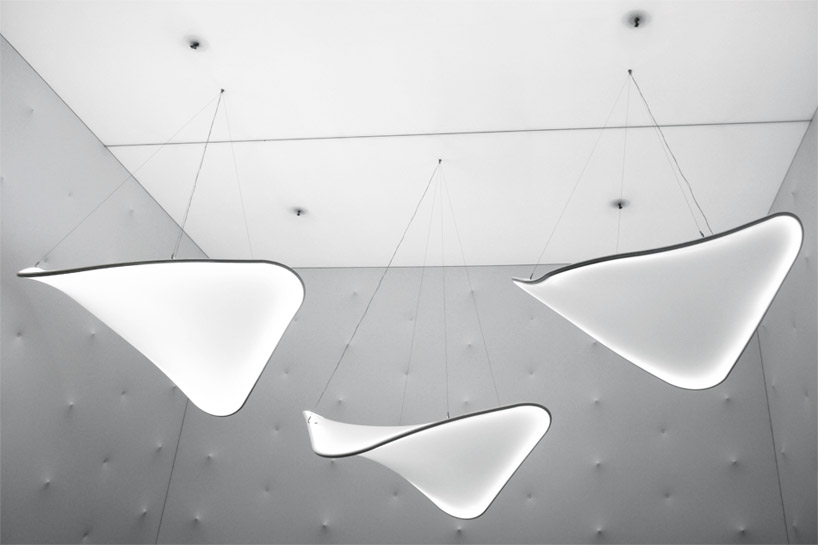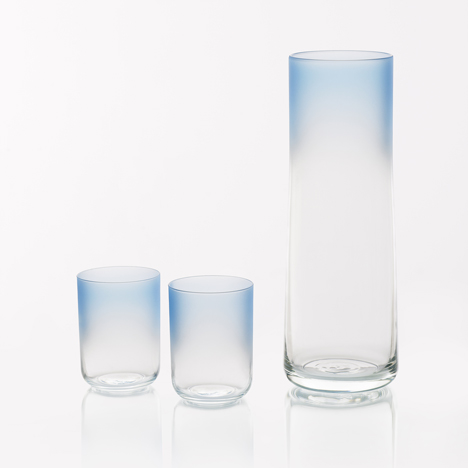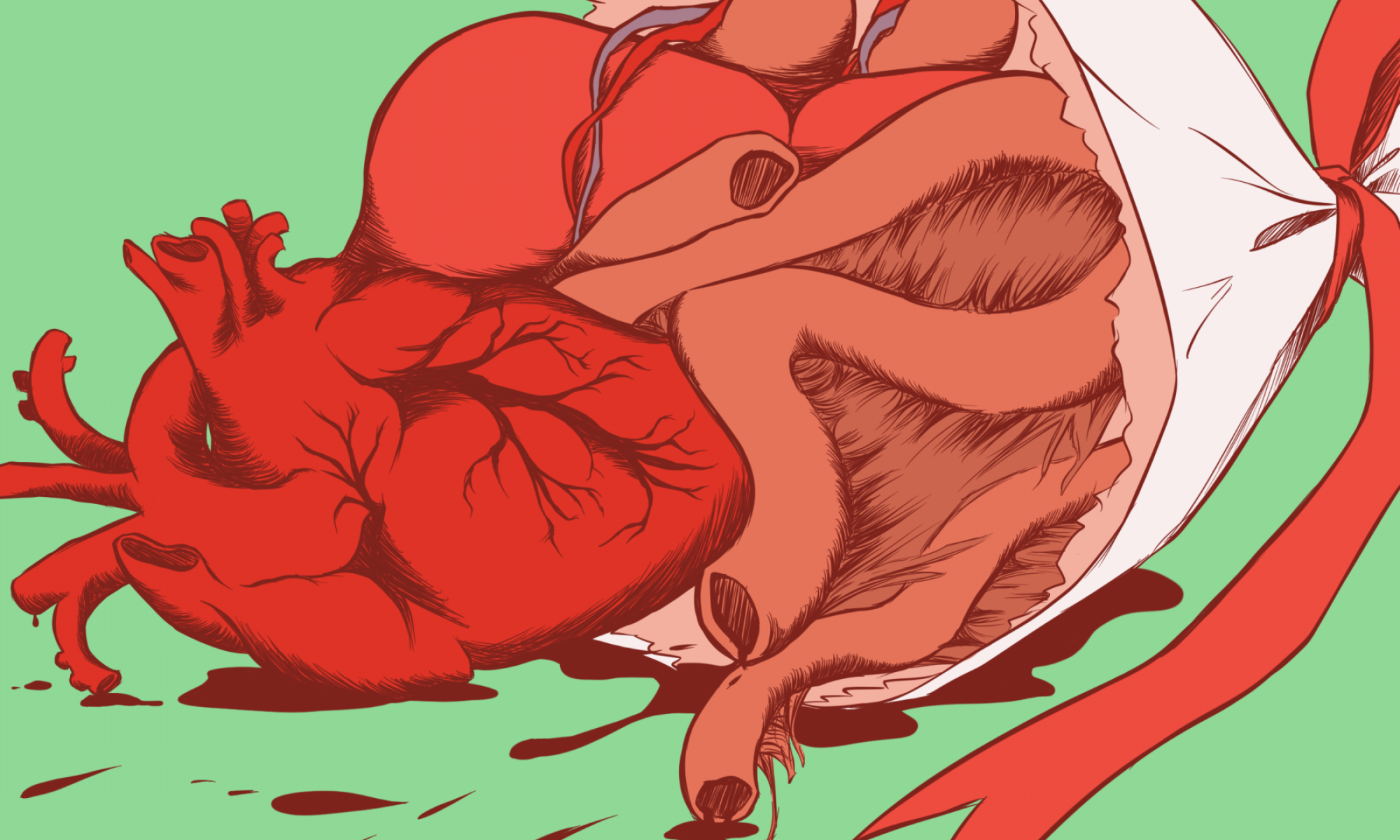feedback from last week:
- the proposal last week was too much like a shelter; not intentional enough; people passing by will look at it as a ‘shelter’ and not a medium to frame the shadows
- suggestions: maybe add holes or use repetitive shapes, something that is more intentional and will let people think that it’s not just a shelter
- how do you utilise holes without them blocking the shadows?
- another suggestion: research more into interesting materials that possibly interacts with the light
references
Rabbit and the Tortoise collection by Studio Juju

Manta by Ross Lovegrove

Fata Morgana by Teresita Fernandez

La Pineda by Javier Mariscal

Playground for Machida Kobato Kindergarten by Etre Design

material research
1 fluorescence
Fluorescence is the emission of light by a substance that has absorbed light or other electromagnetic radiation.

In most cases, the emitted light has a longer wavelength, and therefore lower energy, than the absorbed radiation. The most striking example of fluorescence occurs when the absorbed radiation is in the ultraviolet region of the spectrum, and thus invisible to the human eye, while the emitted light is in the visible region, which gives the fluorescent substance a distinct color that can only be seen when exposed to UV light.
Fluorescent materials cease to glow nearly immediately when the radiation source stops, unlike phosphorescent materials, which continue to emit light for some time after.
type: luminous
characteristic: lightly visible under sunlight, no effect in the dark or at night
2 phosphorescence
Phosphorescence is a process in which energy absorbed by a substance is released relatively slowly in the form of light.

/GettyImages-594838193-566744f95f9b583dc3ab08c3.jpg)
This is in some cases the mechanism used for “glow-in-the-dark” materials which are “charged” by exposure to light. Unlike the relatively swift reactions in fluorescence, such as those seen in a common fluorescent tube, phosphorescent materials “store” absorbed energy for a longer time.
type: luminous
characteristic: clear in the day, visible in the dark or at night
both fluorescent and phosphorescent effects can be achieved by luminous paint – easily found in Singapore paint shops, Art Friend, Spotlight, Lazada
3 photochromic
Photochromic materials are colorless in their inactivated state and become colored when exposed to an ultraviolet light source. They will respond to natural sunlight, and darkens as the light level increases.
Common applications of photochromic materials include sunglasses and spectacles.
type: darkening/colour-changing
characteristic: visible under sunlight, clear in the dark or at night
effect of photochromic ink
online products:
Solarmax Series ink (used in the video)
SFXC UV photochromic plastisol
4 coloured glass
Colour Glass collection by Scholten & Baijings for Hay

coloured glass suppliers in Singapore:
https://www.carltonglass.com.sg/painted-glass
http://www.synergraphic.com.sg/synergraphic/public/productMain.jsp ???
form development
similar concept to last week’s, but the shape is curved upwards to make the form more intentional and deliberate, unlike conventional shades
irregular and organic forms intentionally designed so as to not resemble a conventional shade/canopy
- draped fabric to show interplay between positive and negative spaces
- also allows interaction with the wind as the fabric is hanging freely
- the shadows interact with the curved planes and are distorted to give a different perspective and dimension
reference photo for proposal above:





















